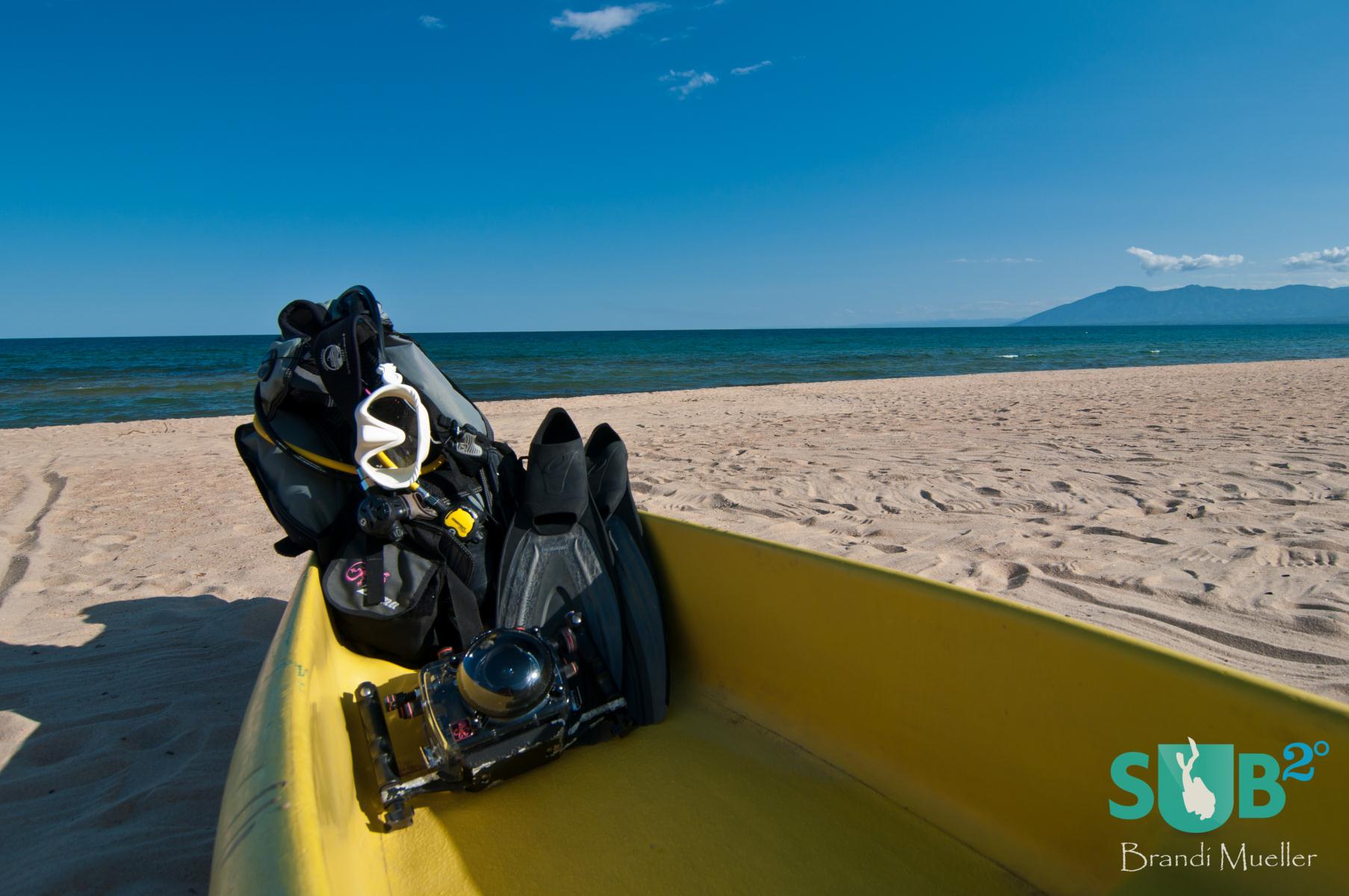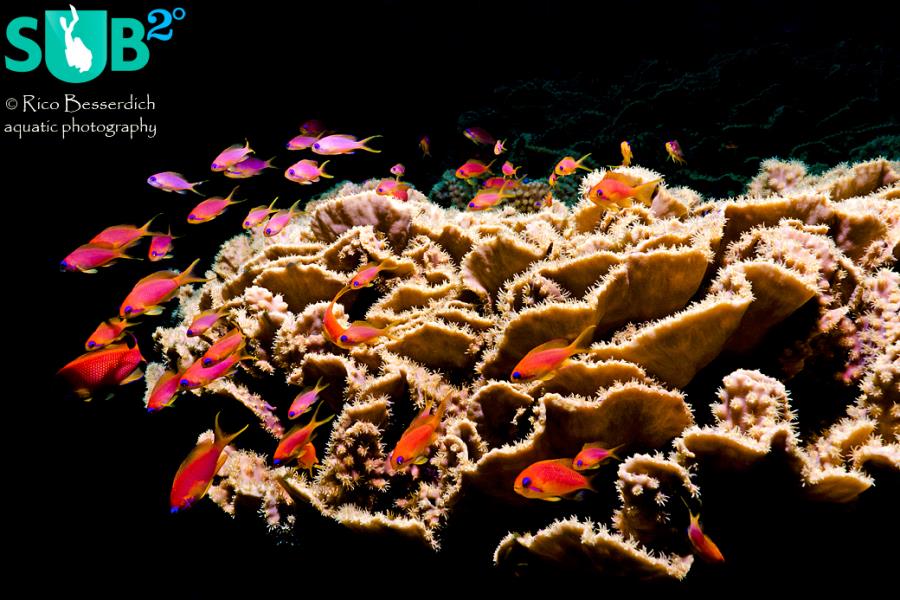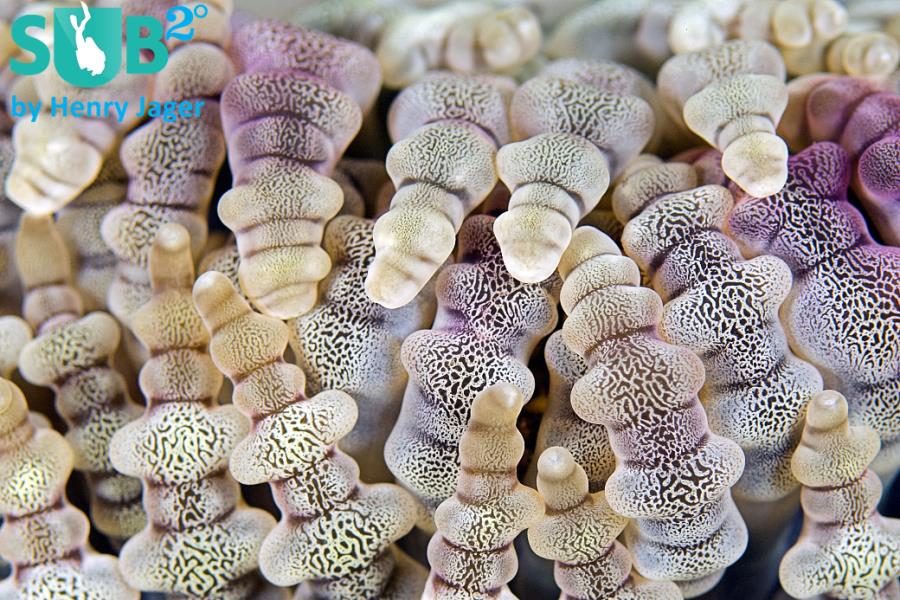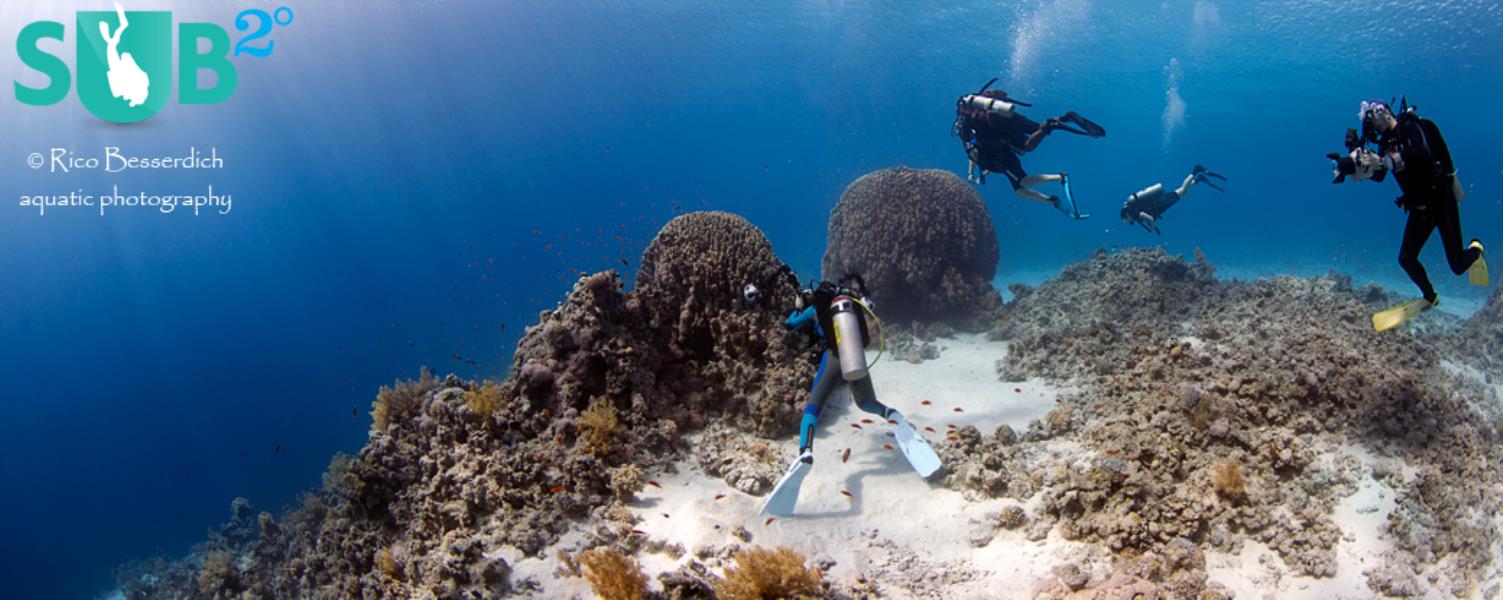
Published
Apr. 23,
2013
Kayak Diving
Scuba diving and kayaking – what could possibly be better than combining these two exciting activities? Say goodbye to loud boat engine noise and long swims from shore, and be able to get to places a large boat won’t fit, while feeling the excitement of knowing you got yourself to and from a dive site with your own force.
My first kayak diving opportunity came while diving Africa’s third largest lake, Lake Malawi. The easiest and quickest way to go for a dive there was to grab a dive buddy and a few kayaks and head out to a dive site. Kayaking is ideal for Lake diving because of calm conditions. However, Lake Malawi is large enough to be subject to shore break waves, so the first challenge was getting the kayak (packed with gear) over the shore waves. I put all my gear in the boat, and dragged it into the water and straight over the shore break, quickly maneuvering the kayak through the waves.
The next challenge was getting into the kayak. As I struggled a little to get into the kayak - here the water was only waist deep- I wondered how I’d be able to get back in after the dive in deep water. The trick was to grab both sides of the kayak and balance my weight evenly over the kayak so it didn’t tilt to one side and fill up with water. I’d made it in! I re-adjusted my gear a bit and we headed out to Kande Island, about a half-mile from shore.
Feeling the workout in my arms, we came to a mooring ball to tie up to. Other options for kayak divers include anchoring, done in an environmentally-conscious manner so as not to damage delicate marine life below, or towing the kayak with you on the dive. The latter has the advantages of being able to cover more ground and not having to swim back to a mooring ball. Those that choose to bring the kayak with them need to ensure the line does not get snagged on anything and that the gear left in the boat like the paddle is secure.
With the boat secure, it was time for diving. I thought, how am I going to get my gear on in this kayak? Because we were diving in very calm conditions, I simply inflated my BCD and threw it in the water. I was careful again with balance because if all the weight moved to one side, the rim might tilt below the water edge and fill with water. With my BCD floating next to me, I put on my fins and mask and jumped in. Donning my BCD, I grabbed my camera out of the kayak, checked to make sure the paddle was secure in the boat, and went diving.
After an awesome dive with Malawi’s endemic cichlid fish, I found myself back at the kayak. With about 40ft of water below me, there was no standing on the bottom to help me get my stuff and me back into the kayak. Going slow was the key. First, I placed my camera safely in the kayak. Then, after inflating my BCD a bit, I took that off, leaving my mask and fins on, and sort of pushed it back into the kayak. This was a little tricky, as tanks and gear can be really heavy. If you have a weight belt or weight pockets, it might help to put them in first, and then push the tank and BCD up and over, into the kayak.
Then it was my turn. I used my fins to give me a boost out of the water as I reached one arm all the way across the kayak, again trying to distribute my weight over the entire kayak. I can’t exactly explain what happened next, but I ended up back in the kayak with only a little extra water. We paddled back to shore.
The last challenge was exiting the water with the kayak. It was important to keep the boat from turning sideways in the swell, as waves could easily go over the side and flood the boat, possibly sending the dive gear into the surf.
Not much experience is necessary to kayak dive, although basic kayak skills are good to know in advance. Practicing getting in and out of the kayak before getting too far offshore is also a good idea. I was at a lake with little swell, waves, or current, so the risk of flooding or sinking the kayak was minimal and was usually only when I was getting on and off. I didn’t need to worry about tying my gear down, for example. But for ocean diving, going a long distance, or towing a kayak behind you while diving, it’s important to secure all of your gear. It would be awful to accidently drop your mask overboard on the paddle to the dive site! Always consider your conditions before any kayak dive, or any dive for that matter.
Kayak diving was really fun and added a bit of extra excitement to a normal dive. It was nice to be out on the water without the roar of a boat engine and to feel that my own power got me to and from the dive site – a bonus upper body workout! It was a lot easier than swimming the distance to the dive site on the surface and it felt like I reduced my carbon footprint just a little.
Featured Posts
-

Please "Like" My Photo!
Once you've made some cool underwater shots, you would love to have more people notice your photos, for example by sharing them on Facebook. A path full of potential but lots of nasty obstacles on the way. Let's have a look!
-

Reef-Art: Looking at the Reef...
Reef-Art shows fascinating insights to an underwater world, 99% of the divers never see. Reef-Art is the "Fine Art" of macro photography. It's a passion! The passion to bring your audience something they don't expect, they h...
-

Underwater Photography: Shoot...
Are you ready for huge perspectives in your underwater photographs? Wide-angles are fine but do you want it even wider? Time to check out underwater panorama photography!


Load more comments